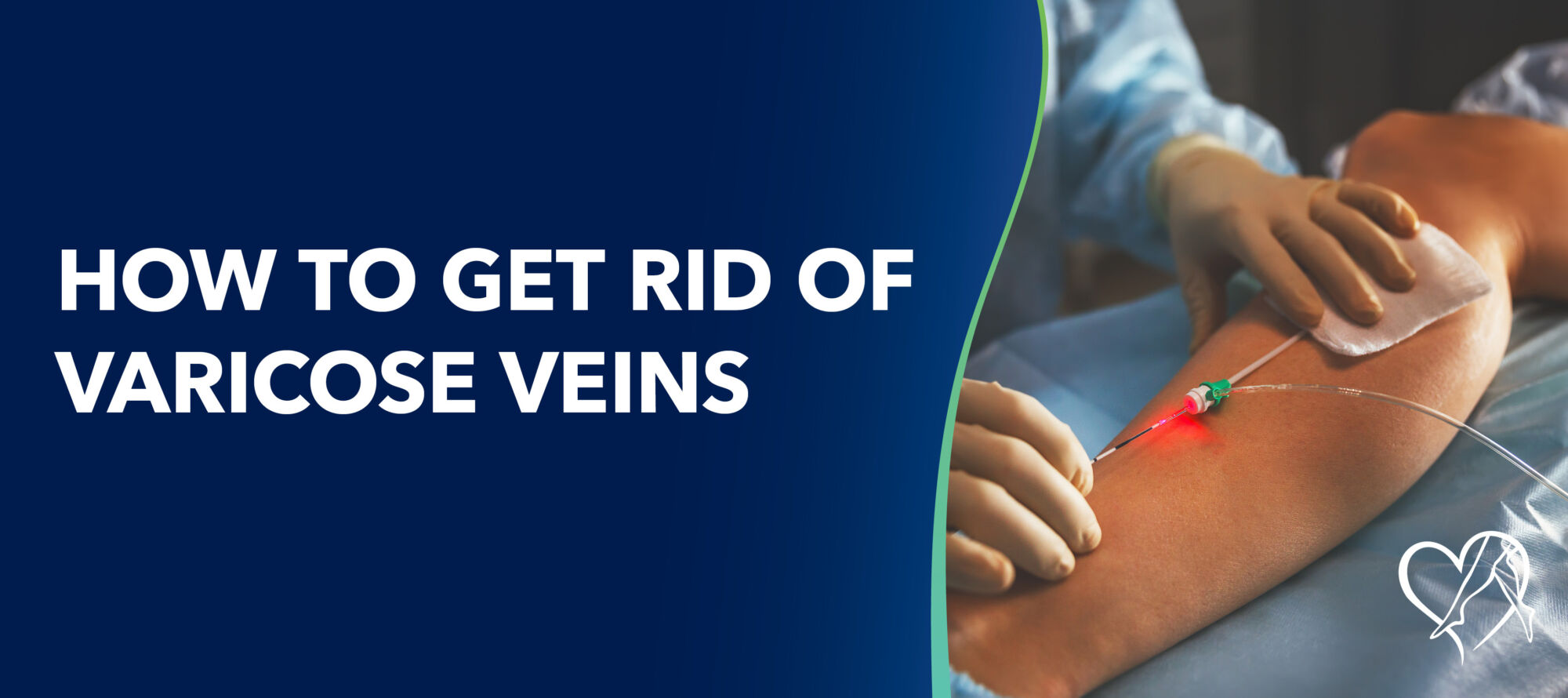
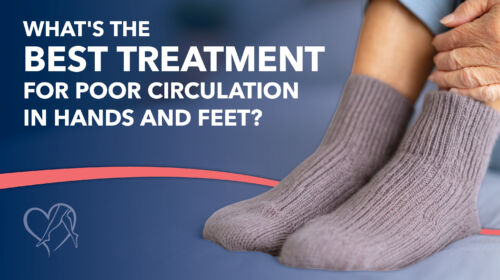
Discover the best treatments for poor circulation in hands and feet. Learn causes, symptoms, and expert vein care options from Dr. Keith S. Moore at CVR.
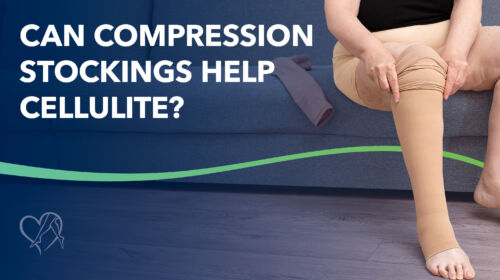
Can compression stockings reduce cellulite? Discover whether they improve circulation, relieve leg swelling, and support long-term vein health, featuring expert insights from CVR's Dr. Saina Attaran.

Varicose veins aren’t just an issue for older adults; young people in their 20s, 30s, and 40s can develop them, too. In this medically reviewed blog, a Center for Vein Restoration vein specialist explains how genetics, hormones, height, and lifestyle factors contribute to early-onset venous insufficiency. Learn the early signs of vein disease, why leg pain or visible veins shouldn’t be ignored, and how today’s minimally invasive treatments can help restore healthy circulation and confidence at any age.
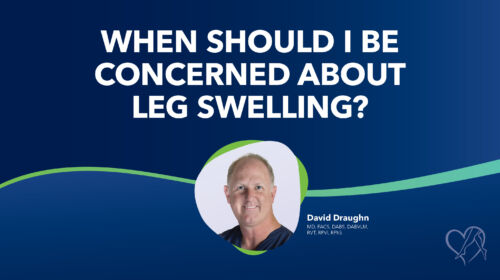
Experiencing leg swelling or heaviness? Learn when edema is harmless, when it signals vein disease, and how modern treatments restore healthy legs.

Confusing venous thromboembolism (VTE) and deep vein thrombosis (DVT) is easy—they both involve dangerous blood clots in the veins—but knowing the difference can save your life. This medically reviewed blog from Center for Vein Restoration explains how DVT and VTE overlap, how they differ, and why early diagnosis and treatment are essential to prevent serious complications like pulmonary embolism. Learn from a board-certified vein expert how to recognize warning signs, manage your risk, and protect your long-term vein health.
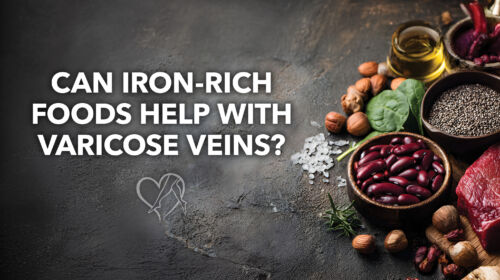
Can eating iron-rich foods help varicose veins? Learn how iron supports circulation and vein health, reduces leg fatigue, and complements professional vein treatments at Center for Vein Restoration.

Tired of restless legs keeping you awake? Discover four doctor-approved tips to ease RLS symptoms, improve circulation, and sleep better. Learn when to see a vein specialist at Center for Vein Restoration.
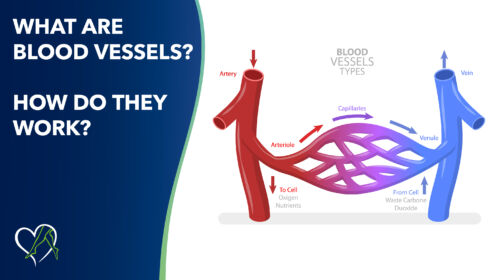
Learn how blood vessels work and what causes vein problems. Dr. Andrew Harding and CVR Grapevine offer advanced, minimally invasive vein treatments.